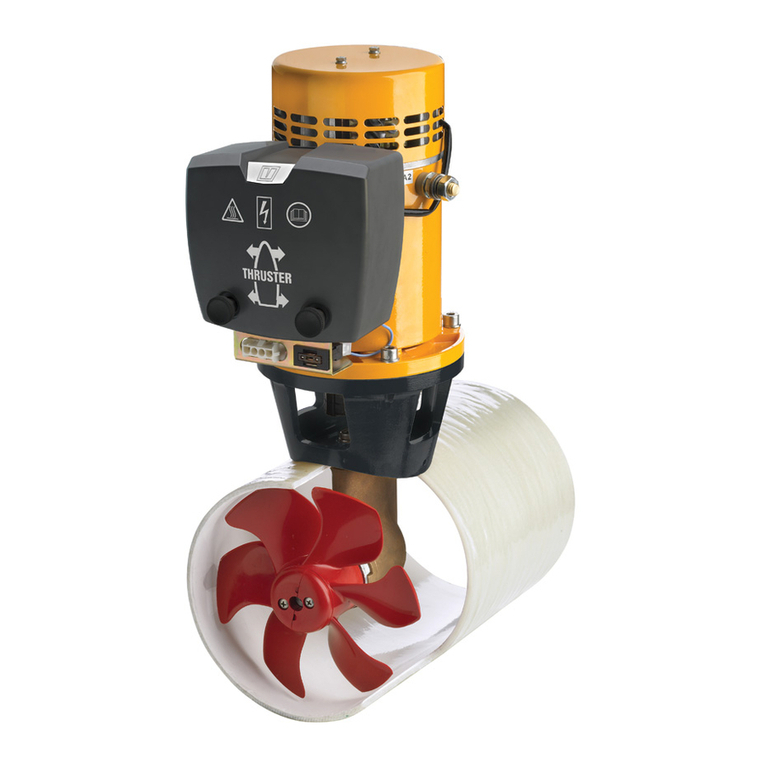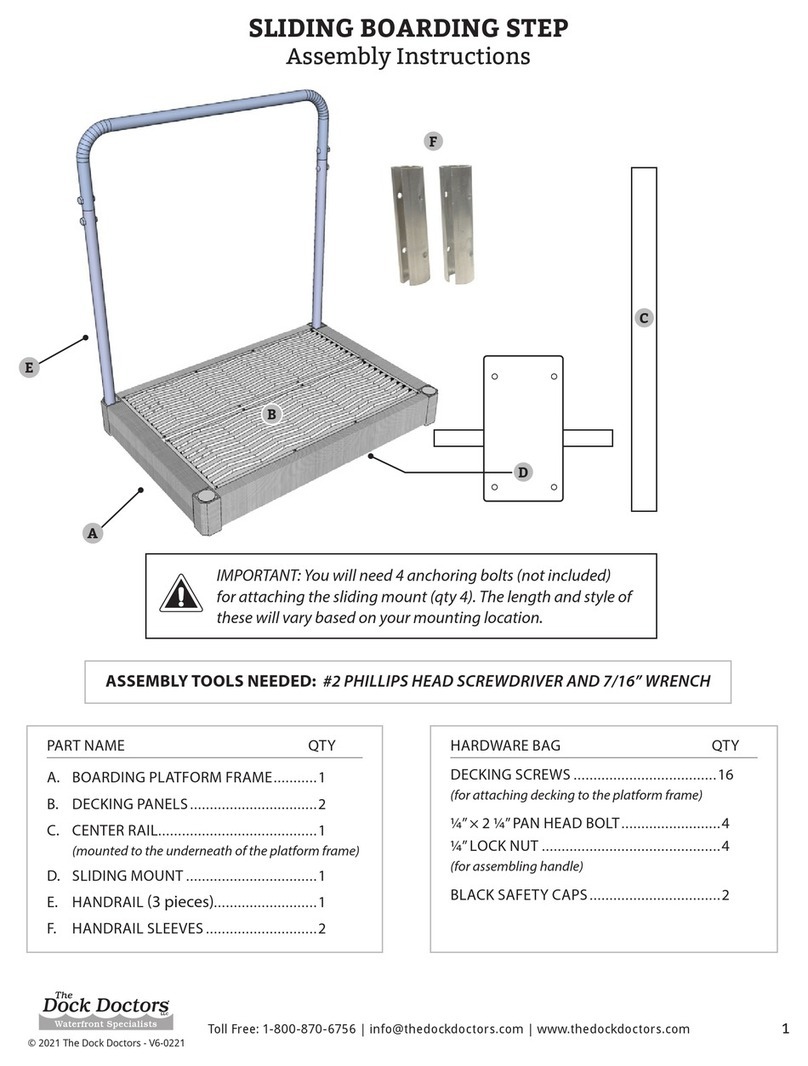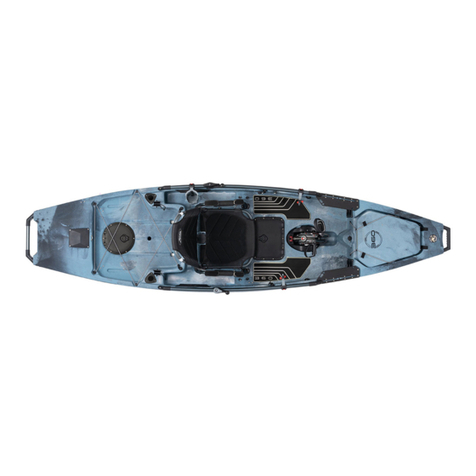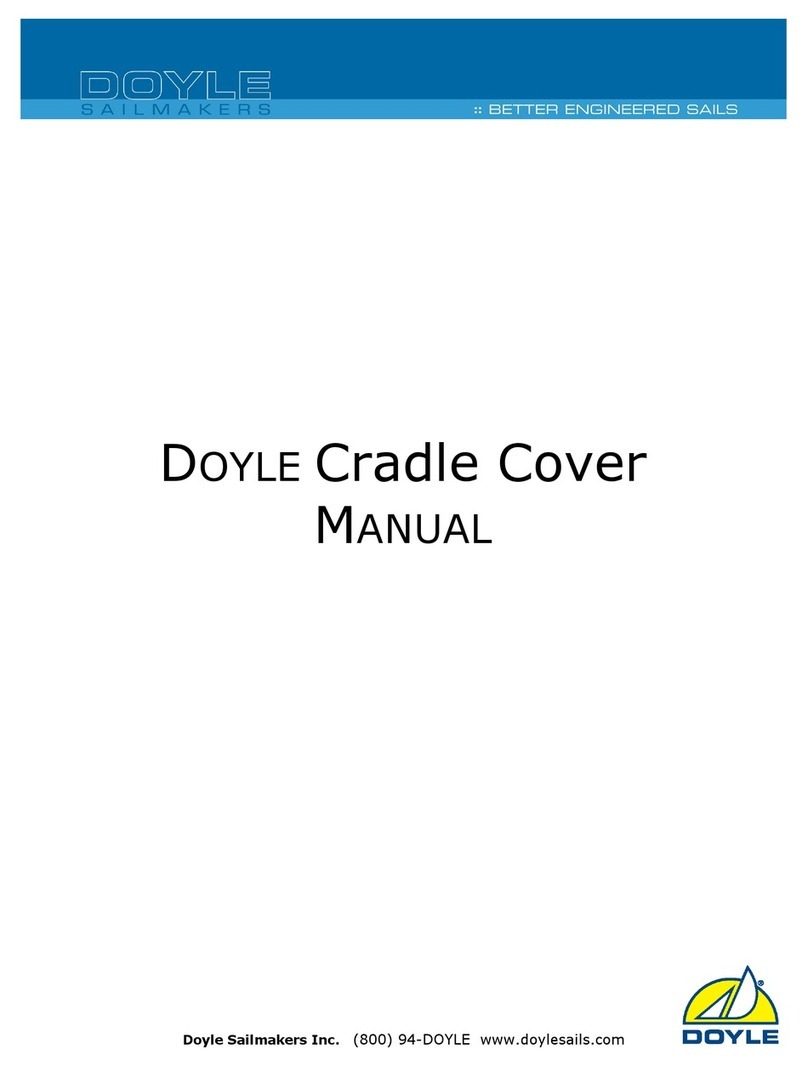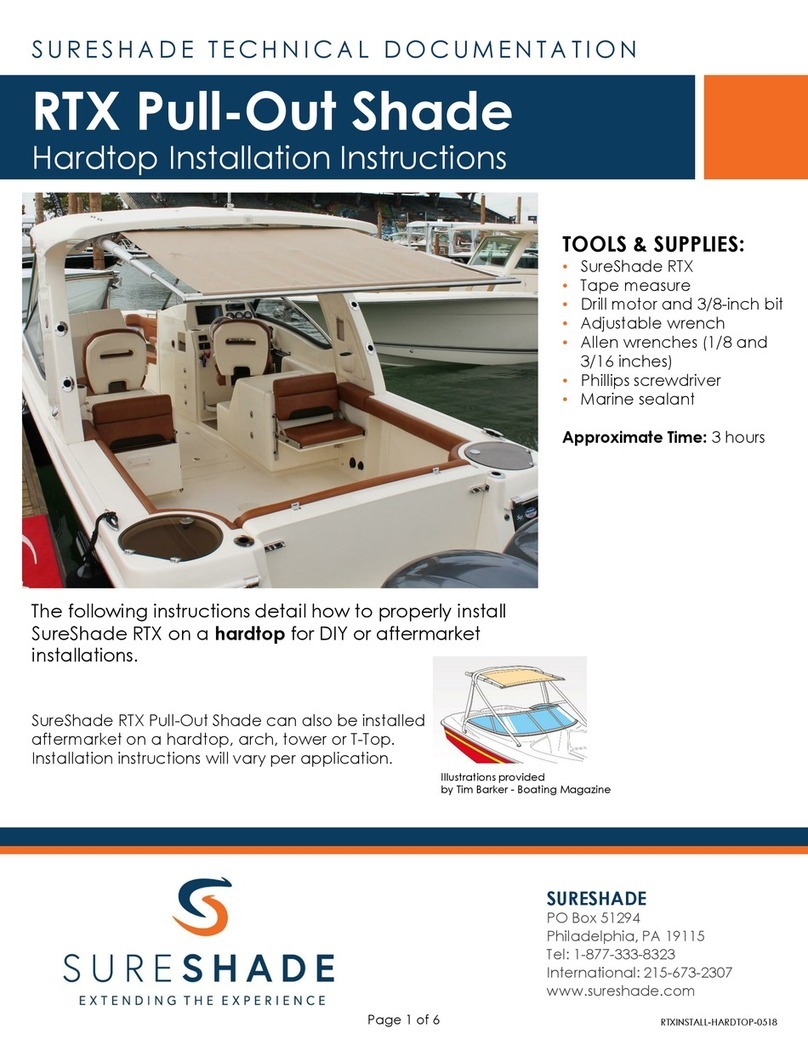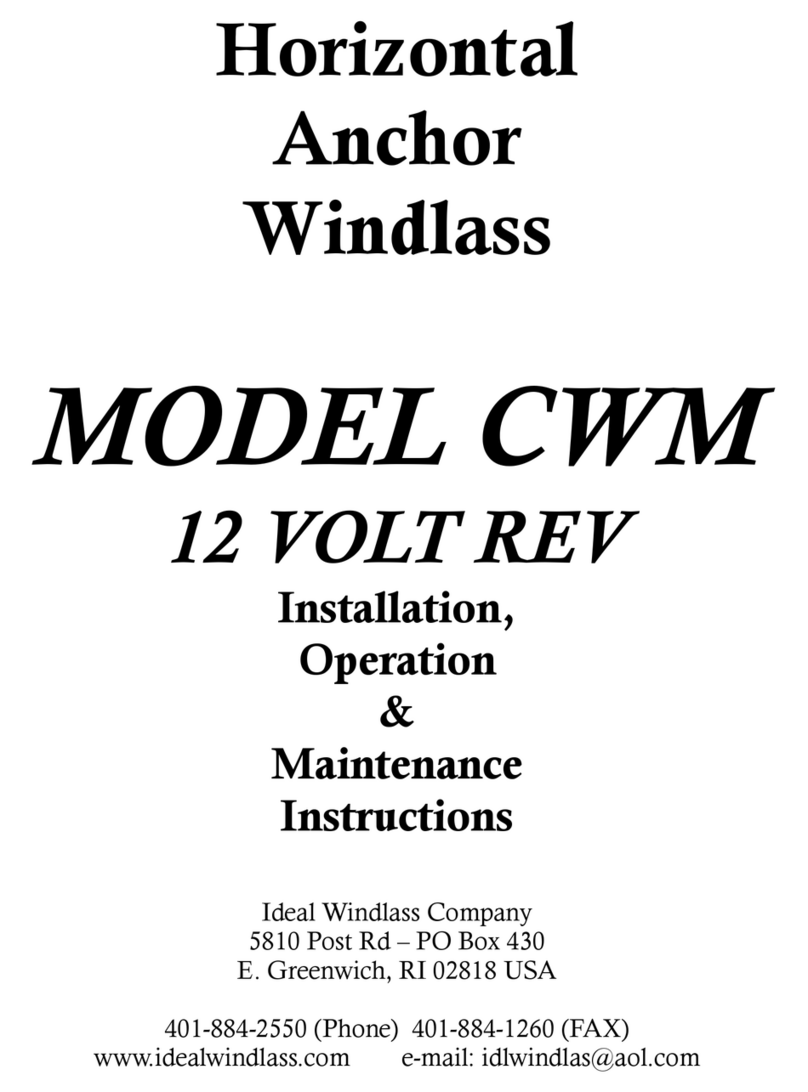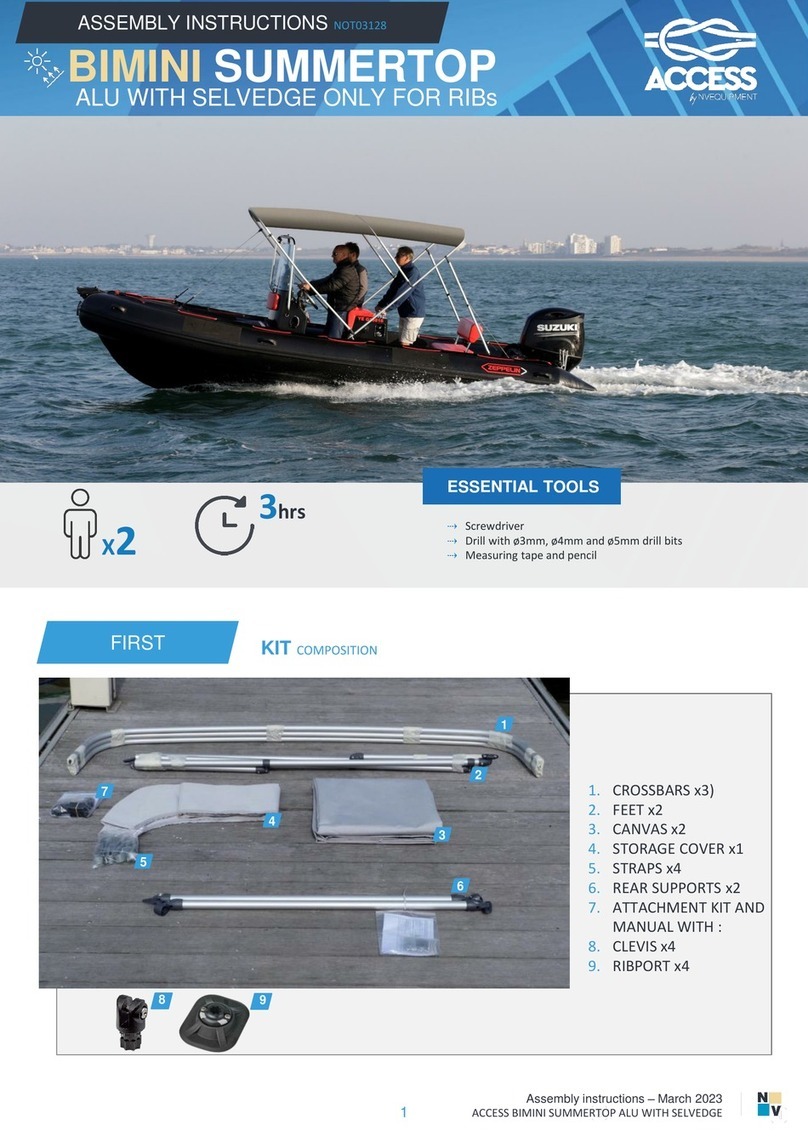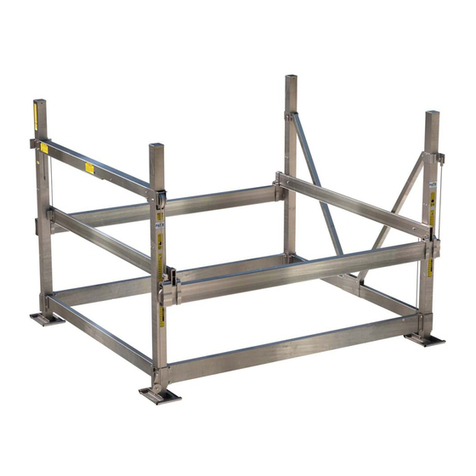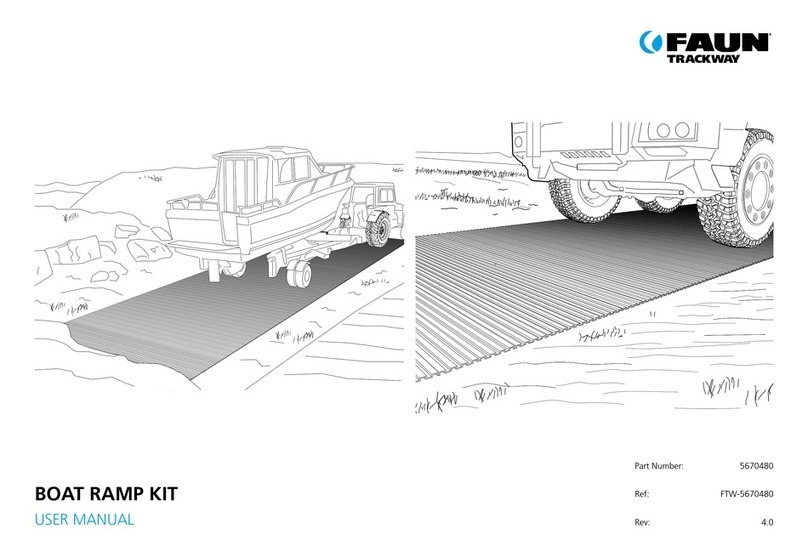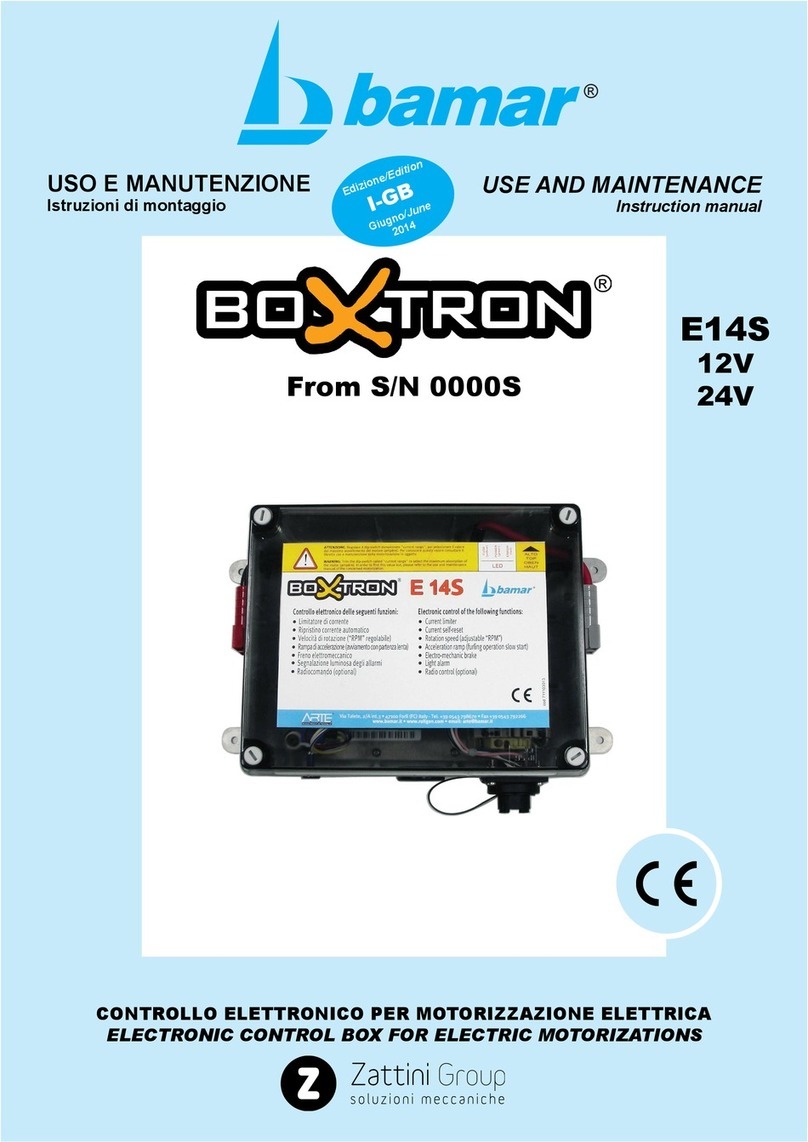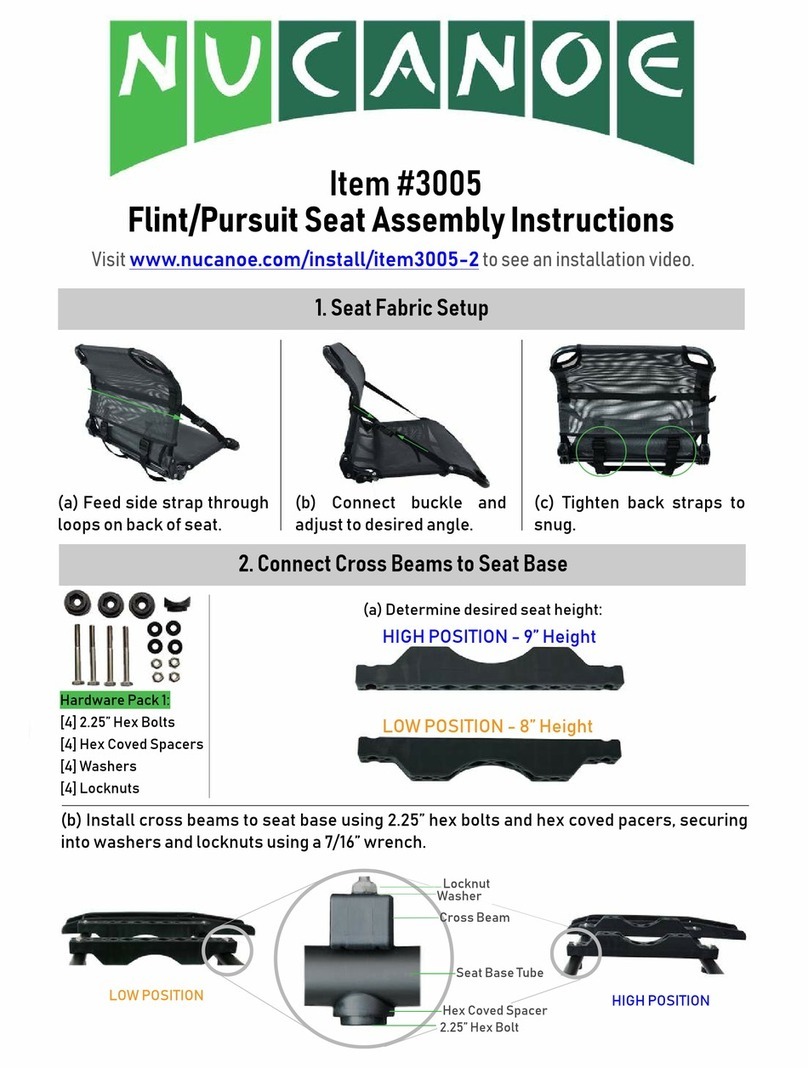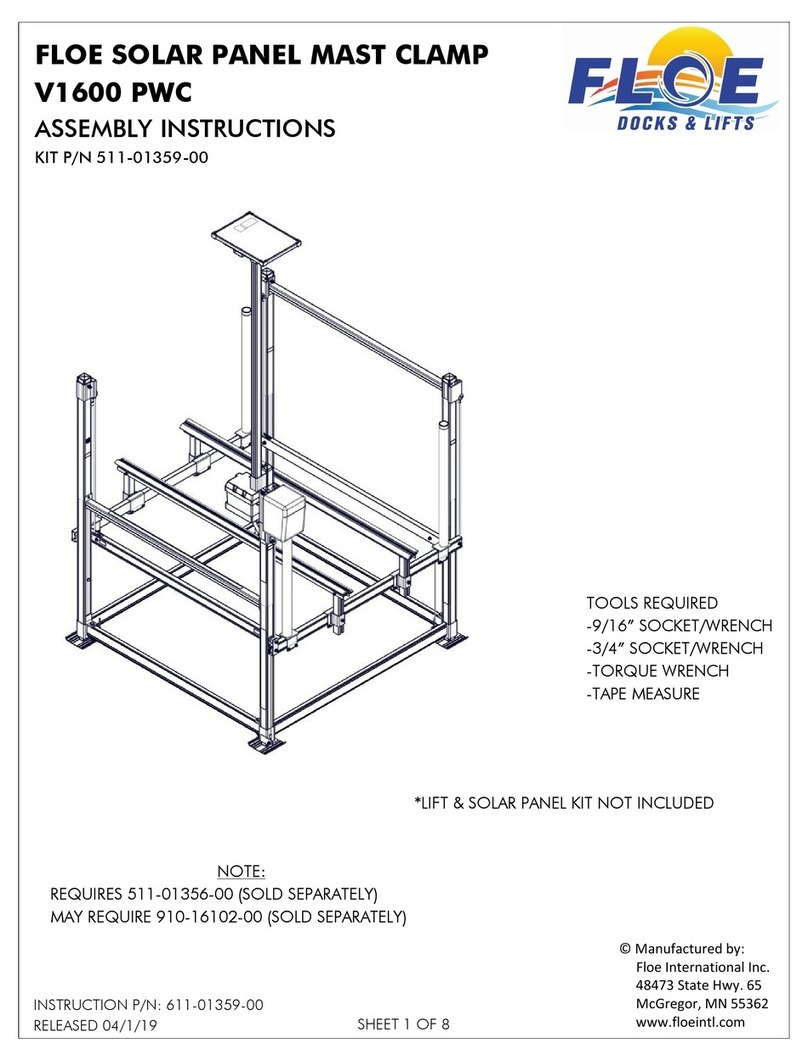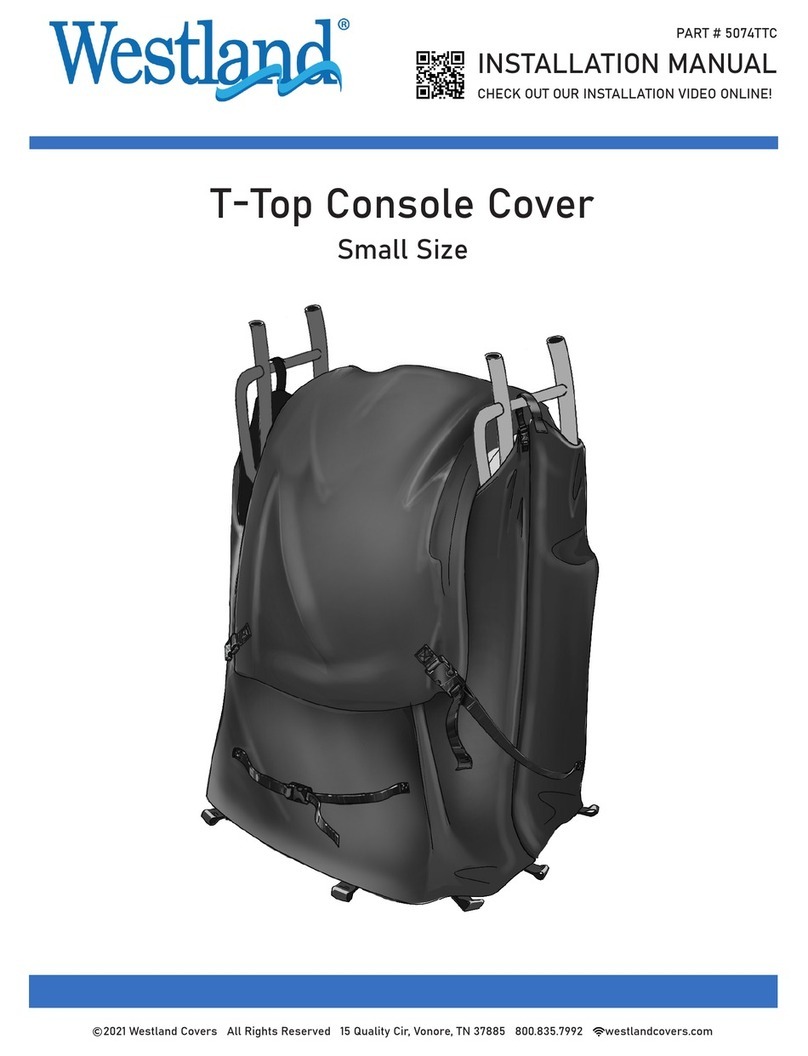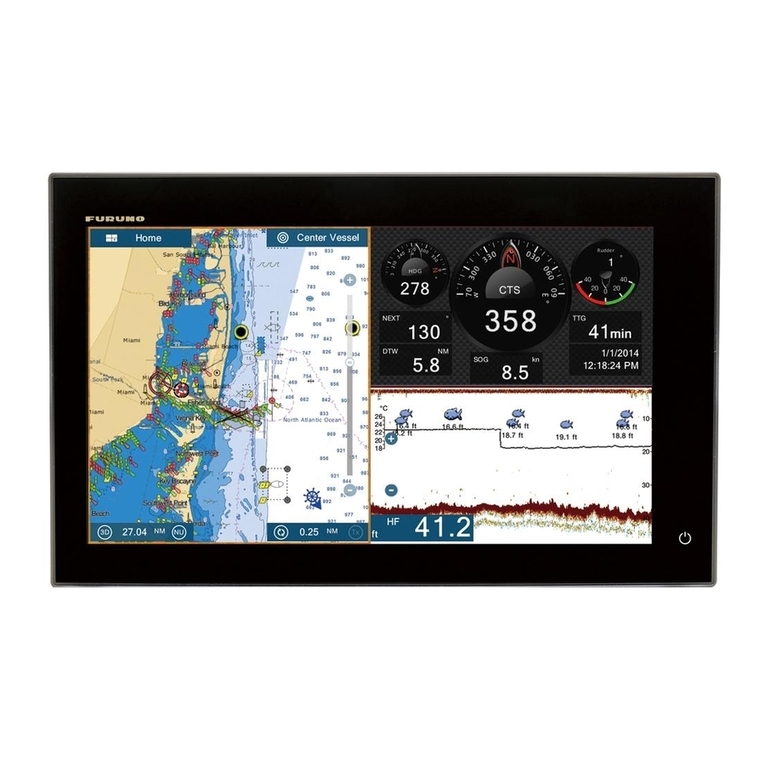
Doyle Sailmakers Inc.
1.800.94.DOYLE
5
S T A C K P A C K I N S T A L LA T I O N I N T R O D U C T I O N
The following StackPack instructions have been written with the expectation that the initial
installation will be done under ideal conditions: calm weather and seas, five knots of wind
or less, boat head to wind on a mooring or at the dock. Under these conditions the initial
StackPack installation can be made in less than three hours. If it is not possible to wait for
all of these ideal conditions in your particular case, please remember IT IS VITAL TO HAVE
THE BOAT HEAD TO WIND DURING THE INSTALLATION PROCEDURE.
Once the StackPack unit has been installed correctly, the unit should give efficient service
and long life in any reasonable sailing weather, as long as the "StackPack Tips" and
prudent seamanship rules are observed.
NOTE: The StackPack has been adapted to fit a wide range of boats however, for your
StackPack to function correctly, the slide gate on the mast must allow slides to start
stacking up directly above the tack fitting, i.e., the slide gate must be no more than 3"
above the tack fitting. This insures that the stacked height of the slides will be low enough
to allow the acrylic cover to be zipped closed after the sail has been lowered.
Doyle StackPack is a full battened mainsail, with lazy jacks and an integral sail cover
attached to the sail by a membrane and supported at the cover top by two battens. The
sailmakers at Doyle take great pride in constructing this sail and providing all of the
components necessary to easily and properly install it. When you receive your Doyle
StackPack, please check the package for the following components:
A) Dacron mainsail with attached sail cover of correct color and attached, coiled lazy
jacks.
B) Bundle of six full length battens (labeled): top, uppermid, lower mid, bottom, port
cover, starboard cover.
C) StackPack Installation Kit in small gray bag contains the following:
RCopy of manual
RFour Stainless steel pad eyes
REight stainless 1/2" self-tapping screws
ROne 11/64" drill bit
ROne bottle of lubricant for use on luff slides. This has been supplied to lubricate the mast
track so the hardware runs up and down with minimum friction. The easiest way to
apply to the track is from the bosun's chair. Better yet, apply the lubricant prior to
stepping mast at the beginning of the season.
In addition to the components supplied by Doyle Sailmakers, you will also need the

